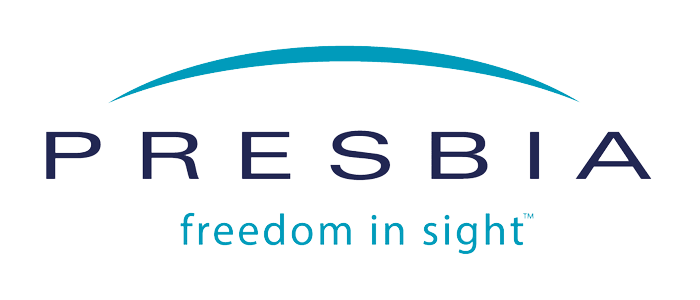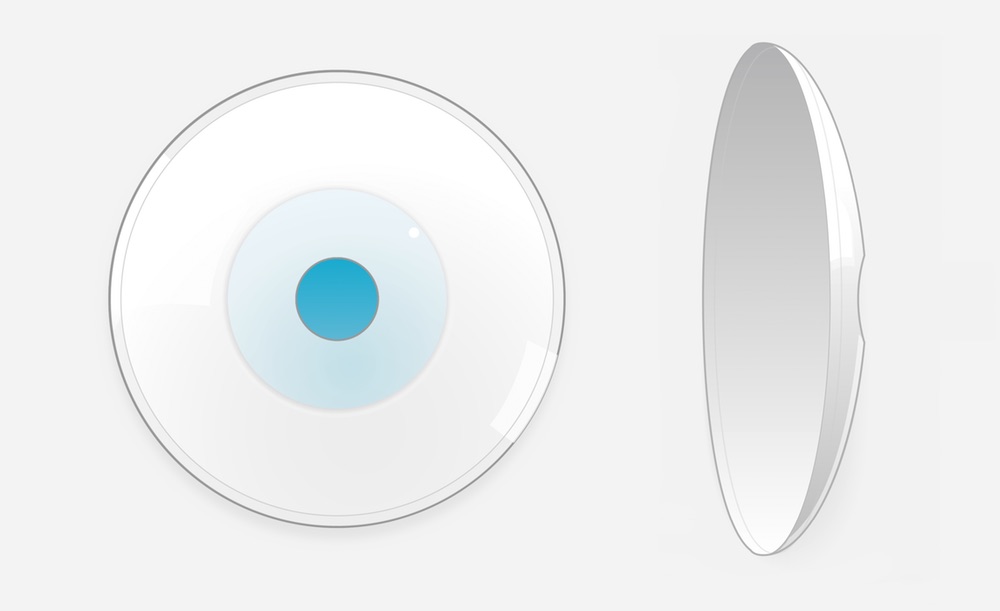
The transparent micro-lens has a diameter of 3.2 mm only and is four times as thin as a human hair. It is made from a hydrophilic polymer which has been tried and tested in modern intraocular lenses and is well-tolerated. The Microlens is implanted only into the cornea of the non dominant eye. In contrast to other inlays, the Presbia inlay, also referred to as a micro-lens, has bifocal optics available in several powers.
The Presbia Microlens is a gentle and elegant solution to improve near vision again once presbyopia starts to develop. You may only need reading glasses for reading in dimmed lighting or if the font is very small. Your distance vision will stay almost the same since the Presbia Microlens is smaller than your eye's natural lens.




